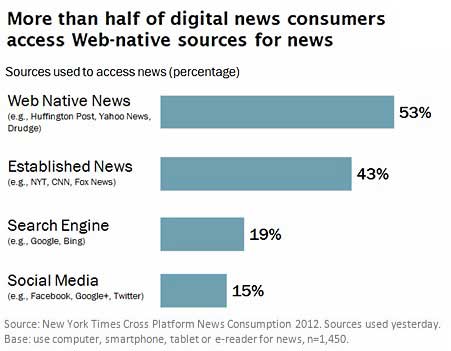The media landscape is shifting, and the Financial Times (FT) is leading the charge with a subscription model that could lock readers into a $75 per month cycle. With news consumption increasingly dominated by social media, this model raises critical questions about accessibility and accountability in journalism.
Digital Platforms Shift News Consumption
As reported by the ACCC, consumers are turning to social media for news, leaving traditional outlets struggling to stay relevant. This shift has profound implications for the quality and accessibility of information available to the public. With the FT"s subscription model, the financial barriers to accessing quality journalism are higher than ever.
Subscription Costs and Economic Barriers
The FT offers a variety of subscription options, but the most comprehensive digital access plan costs a staggering €69 per month, equivalent to approximately $75 in the United States. According to understanding the FT"s subscription model, this tiered approach caters to a wealthier audience while marginalizing lower-income readers who cannot afford such fees. This economic divide echoes broader societal issues of wealth inequality, creating a chasm in who can access high-quality journalism.

Customer Behavior - News Consumption: Digital, Mobile, and ...
Impact on Journalistic Integrity
The FT"s reliance on subscriptions as a primary revenue source has led to a focus on affluent readers, limiting the diversity of perspectives in their reporting. As WAN-IFRA reports, the FT has become adept at using data to optimize its subscription strategy, but at what cost? When journalism prioritizes profit over public interest, accountability is compromised, and marginalized communities are often left voiceless.
Consequences of Price Inflation in Journalism
Price inflation has drastically affected newspapers and magazines, with costs soaring from $8 in 1997 to potentially over $18 today for similar products, as noted by inflation statistics. This trend creates barriers not only for consumers but also for the sustainability of journalism itself. High subscription fees can lead to decreased readership and, ultimately, a decline in the quality of reporting as newsrooms face budget cuts and layoffs.

Subscription" Model For Hepatitis C Meds Could Help States ...
Workers Rights in the Media Industry
As the FT and other major publications navigate their financial futures, the rights of media workers hang in the balance. Journalists are increasingly facing job insecurity and pressure to produce content that attracts paying subscribers rather than fostering meaningful public discourse. This trend raises critical questions about the labor conditions within the media sector and the need for comprehensive reforms to protect workers" rights. The focus on subscriptions should not come at the expense of the very journalists who bring us the news.








![[Video] US Secretary of State Marco Rubio discusses Ukraine's safety and prosperity](/_next/image?url=%2Fapi%2Fimage%2Fthumbnails%2Fthumbnail-1764534642844-kl6pso-thumbnail.jpg&w=3840&q=75)